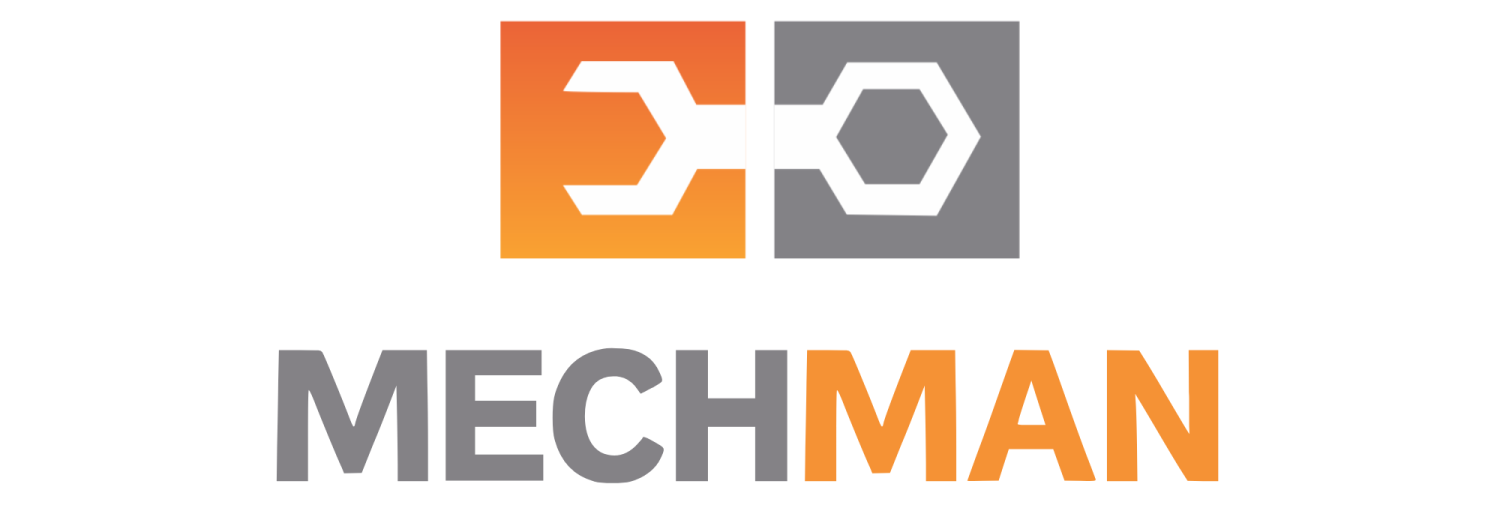CNC programming for turning operations is a cornerstone of precision manufacturing, enabling the creation of cylindrical parts like shafts, bolts, and fittings. However, even experienced programmers encounter challenges that can disrupt production, compromise quality, or increase costs. This article explores common issues in CNC turning programming and offers practical solutions to keep your operations running smoothly.
Understanding CNC Programming for Turning
CNC turning involves a rotating workpiece and a stationary cutting tool, controlled by G-code and M-code instructions. Programmers must set toolpaths, speeds, feeds, and tool changes for parts that must be precisely formed. Tool collision, bad surface finish, and improper dimensions are common issues and often the consequence of problems with programming or machine setup. These require a systematic approach to problem solving.

Challenge 1: Tool Collisions and Gouging
Tool collisions occur when the tool contacts the wrong areas on the workpiece or the fixture, causing scrapping or damage. Gouging, another similar issue, causes unwanted markings due to the wrong tool angles or depths. These problems generally arise due to invalid work offsets, the wrong tool geometry settings, or invalid toolpaths.
Solution: Always verify work offsets (G54-G59) using a touch probe or edge finder before machining. In your CAM software, like Autodesk FeatureCAM, double-check tool geometry parameters, such as nose radius and insert type. Simulate toolpaths to detect potential collisions, adjusting approach angles or retract distances as needed. Use shorter tools to minimize deflection, reducing gouging risks for complex parts.
Challenge 2: Poor Surface Finish
A rough or inconsistent surface finish can result from incorrect feed rates, spindle speeds, or tool wear. In CNC programming for turning, achieving a smooth finish is critical for parts requiring tight tolerances or aesthetic quality, such as medical implants or automotive components.
Solution: Optimize cutting parameters using the material manufacturer’s recommended speeds and feeds. For example, reduce feed rates (e.g., 0.005–0.010 in/rev for finishing) and increase spindle speeds for finer finishes. Regularly inspect tools for wear and proactively replace inserts. If chatter occurs, adjust the tool overhang or use a more rigid setup. CAM software simulation can help fine-tune these settings before machining.
Challenge 3: Dimensional Inaccuracies
Parts that fail to meet dimensional tolerances are a frequent headaches, often caused by thermal expansion, incorrect tool compensation, or machine calibration drift. These errors can lead to costly rework or rejected parts in aerospace-related industries.
Solution: Allow the machine to warm up and stabilize before critical cuts to account for thermal expansion. Ensure tool length and diameter offsets are accurately entered in the CNC controller. Regularly calibrate the machine to maintain precision and use in-process gauging to monitor dimensions during production. When programming, verify G-code for correct compensation commands (e.g., G41/G42 for cutter radius). Autodesk PowerMill’s verification tools can catch these errors early.
Challenge 4: Chip Control Issues
Poor chip management can clog the work area, damage parts, or break tools, especially when machining stainless steel or titanium materials. Long, stringy chips are a common issue in turning operations.
Solution: Use chip-breaking cycles (e.g., G73 or peck turning) in your CNC programming for turning to produce shorter, manageable chips. Adjust feed rates and depth of cut to optimize chip formation—higher feeds often create thicker, breakable chips. Select inserts with chip-breaker geometries suited to the material. Ensure coolant delivery is adequate to flush chips away, preventing buildup in the cutting zone.
Challenge 5: Programming Errors in Complex Cycles
Complicated turning cycles, such as grooving or threading, can be subject to errors based on the inappropriate cycle parameters or tool misalignment. For example, a part can be spoiled due to a threading cycle (G76) with inappropriate pitch or depth values.
Solution: Be accurate in inspecting G-code for canned cycles, and ensure parameters like thread pitch, depth, and starting position are correct. Develop reliable code for complex cycles through the use of CAM programs and reduce errors resulting from manual input. Provide a dry run at reduced feed rates before running to verify the cycle. Training on packages like FeatureCAM can effectively familiarize programmers with the cycles.
Key Takeaway
CNC programming for turning mastery passes through the elimination of tool collision, unacceptable surface finish, dimensional errors, lack of chip control, and errors in the cycle. Accuracy and effectiveness can be enhanced by applying tools such as toolpath simulation, optimum conditions for cutting, and proactive machine maintenance. Consistency can be attained across the turning applications through a systematic approach accompanied by robust CAM products and training. Raise the bar on capability and stay competitive within the demanding manufacturing sector.
Ready to overcome CNC programming challenges and boost your turning operations? Book a free demo with Mechman Solution—your trusted Autodesk partner.
Get personalized insights on mastering tools like FeatureCAM and PowerMill for precision machining.
Start your journey toward efficient, scalable CNC programming. Let’s build the future of manufacturing—one toolpath at a time.
👉 Contact us today to book a free demo or training consultation.
📩 mechmansolution@gmail.com | 📞 +91 99137 89065 | 🌐 www.mechmansolution.com
Also Read: Exploring the Latest Trends in CNC Programming: AI, Automation, and More
